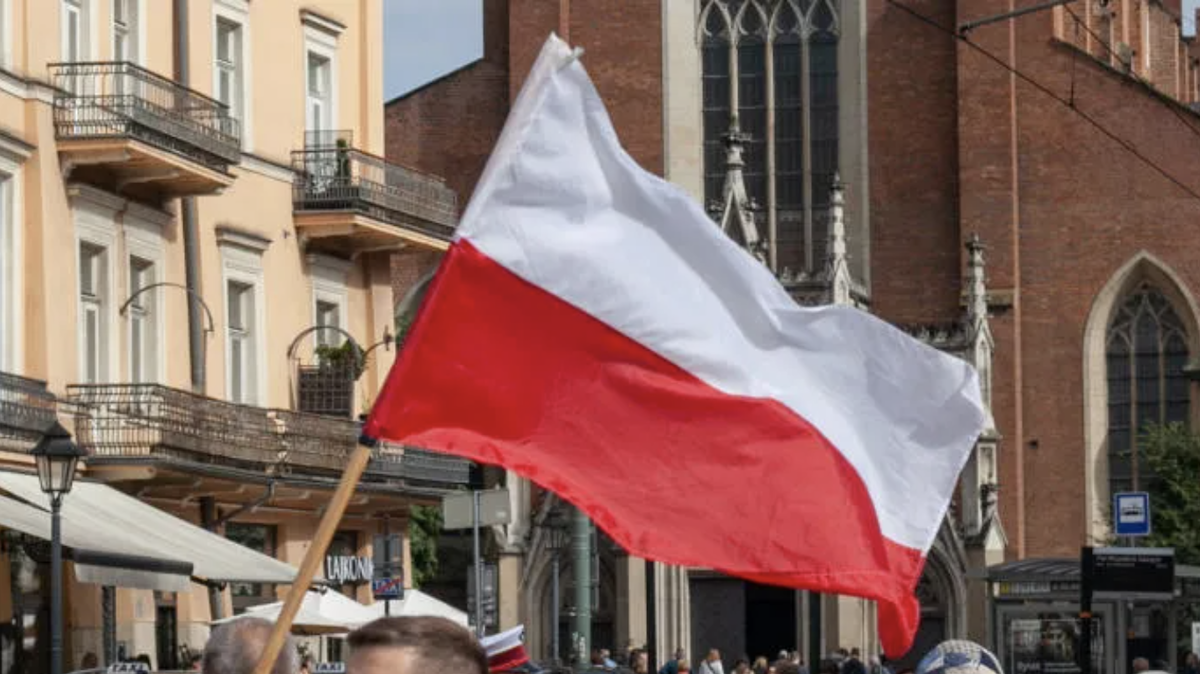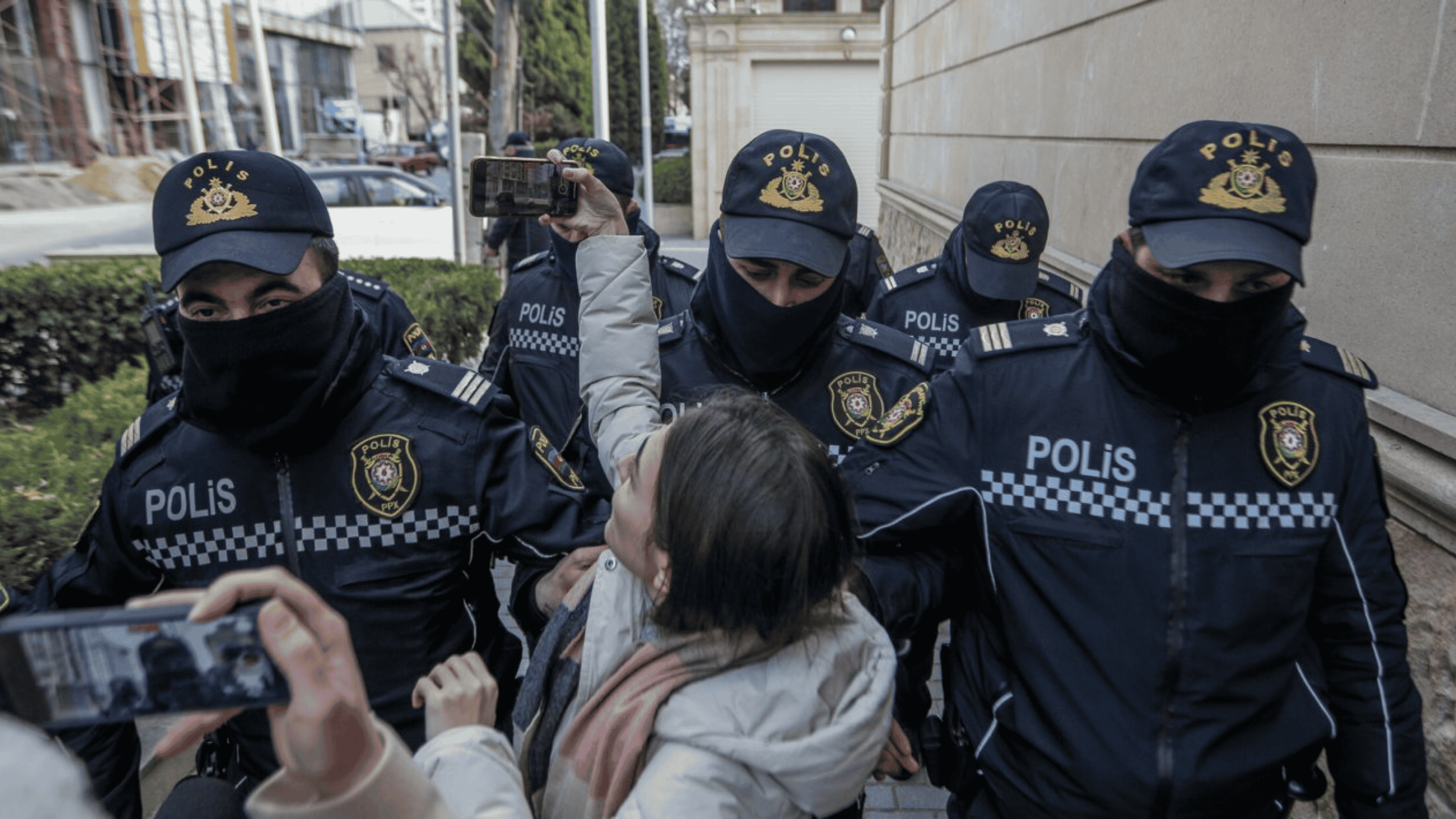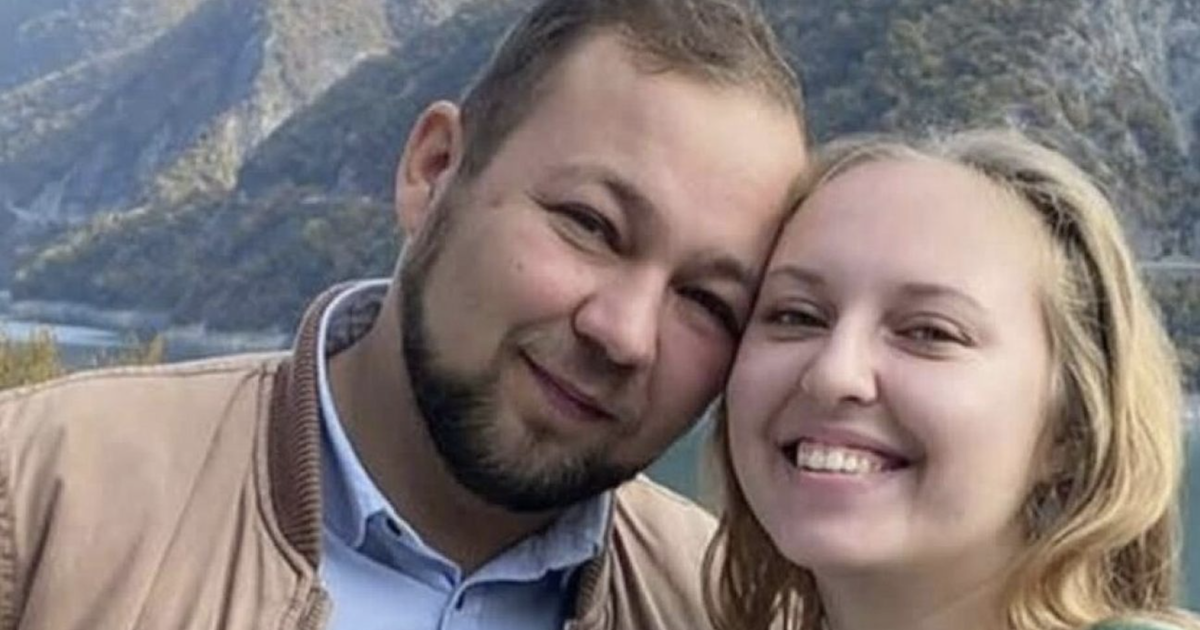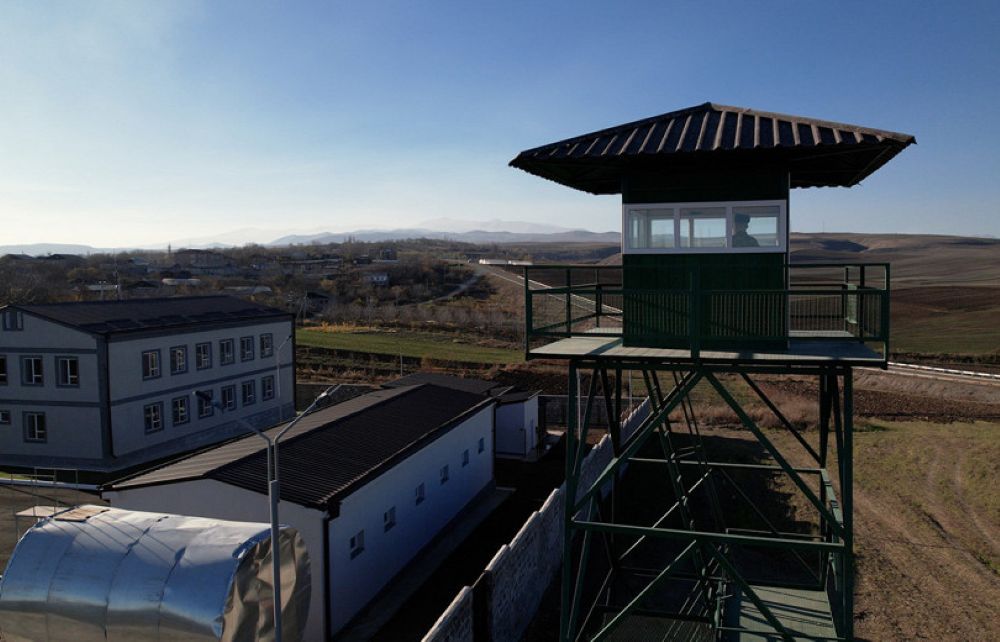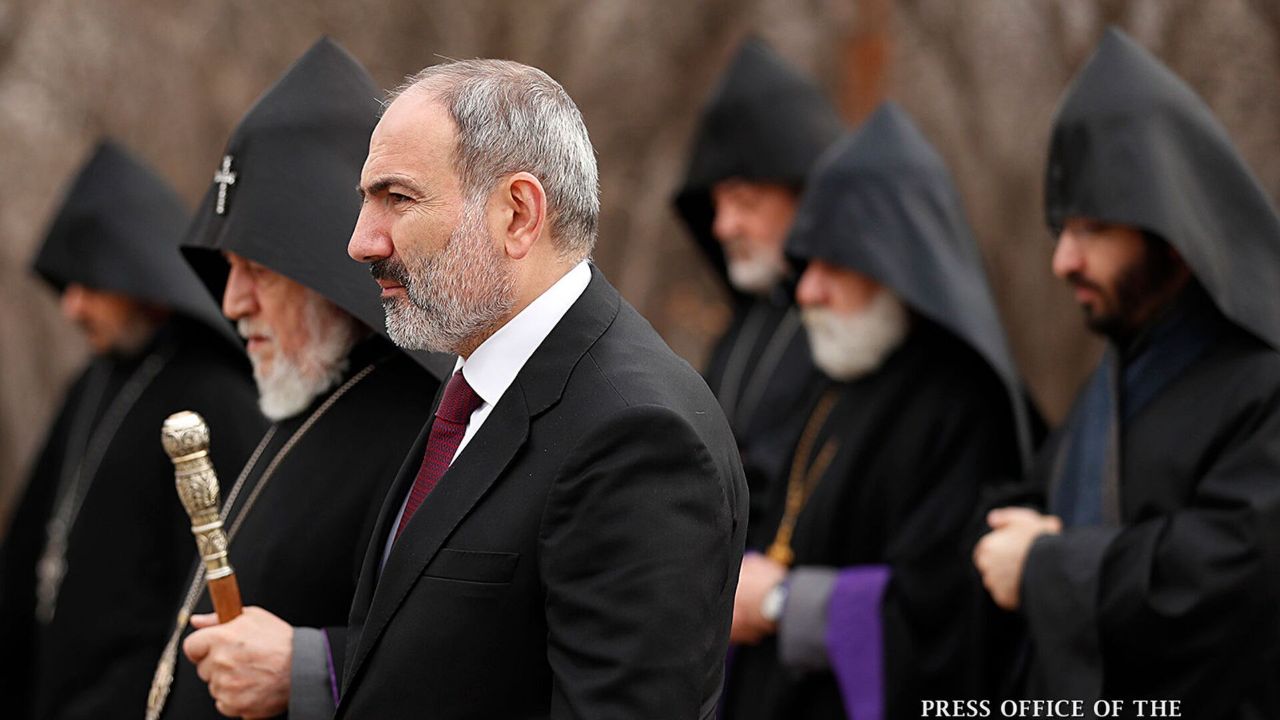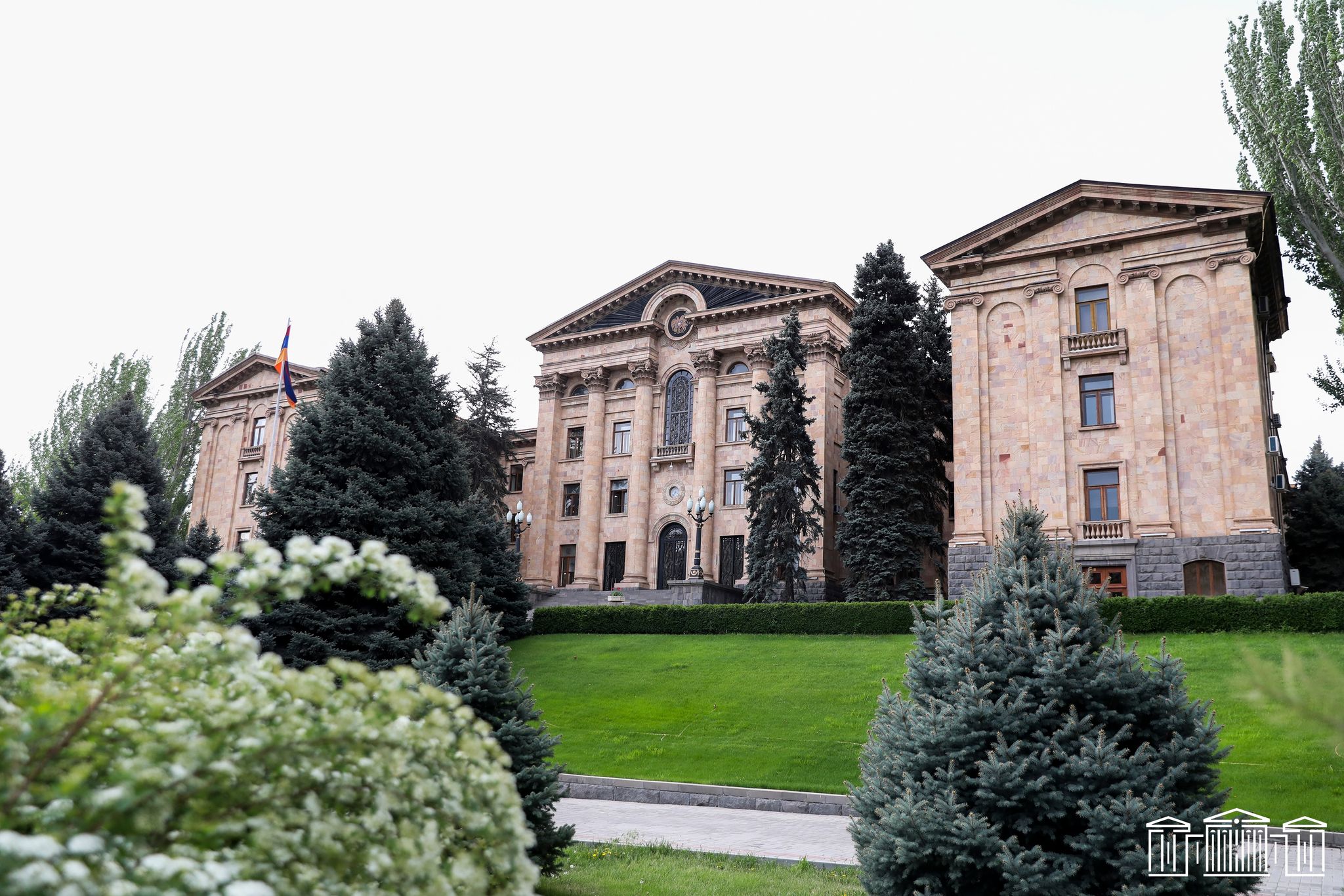Corridor games in the South Caucasus. What are the stakes? View from Baku
Opening up transport in the South Caucasus
The opening of roads in the South Caucasus remains an open question, despite numerous statements by all parties. In the second half of 2023, Azerbaijan announced that it was no longer interested in the road that was supposed to connect the western part of the country with Nakhichevan through the territory of Armenia, and the corridor would go through Iran.
- Who will take part in the extraordinary presidential election in Azerbaijan?
- Armenia has not extradited a Russian conscript who fled because of the war in Ukraine
- Georgian Health Ministry: Some drugs sold in pharmacies at 32 times the price
Azerbaijani analysts considered the options of opening regional communications in their material published in the “Look East” public forum.
Blue and green lines
“The issue of corridors in our region has now become a very interesting, and at the same time dangerous, subject of debate.
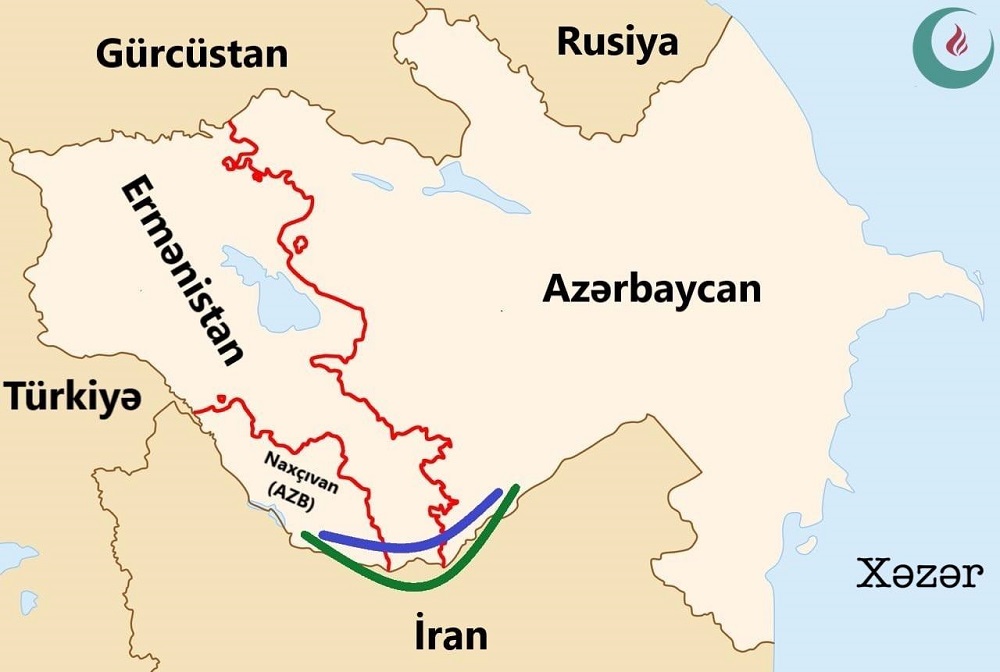
As is known, two options are currently relevant within the framework of opening regional transport:
- A transport corridor connecting the Nakhichevan Autonomous Republic with the “mainland” part of Azerbaijan, and creating a new land link between Azerbaijan and Turkey, through the territory of Armenia (blue line on the map).
- A new transportation corridor in place of the already traditional route between the western part of Azerbaijan and Nakhichevan through the territory of Iran (green line on the map).
Different perspectives of countries in the region and global forces
“Countries in the region and global powers have different views on this important issue.
The problem of relations between Armenia and Russia is most unique. Russia insists on opening the blue line based on the requirements of the trilateral statement of November 10, 2020 under the control of Russian military personnel. Armenia, on the other hand, wants to open the same line based on the principles of sovereignty and under its control.
The view of Iran and Turkey on the issue is also interesting. The two regional centers of power do not trust each other and are trying not to lose in the battle for the corridor. Iran, naturally, is in favor of opening the green line, and is strongly opposed to the implementation of the blue line. It is clear that the blue line is in fact an alternative to the green line, and if it is opened, the “Iranian route” will lose its meaning. But Turkey wants not to depend on Iran and get an alternative access to the Caspian Sea. On this basis, Ankara insists on the obligatory opening of the blue line regardless of whether the green line will work or not.
“The West will have to accept the new realities in the region.” Comment from Baku
The overseas forces are understandably opposed to the implementation of the Iranian route. The U.S. openly states that it does not want to implement the green line, which would leave Armenia offside and strengthen Iran’s position in the region. But at the same time Washington fears the option of opening the blue line, which could later come under Russian control.
China is interested in the opening of the blue line, as it has long used the Iranian route to transport its goods to the West, and Beijing is not against diversification of transportation routes. An alternative road to the Iranian corridor is beneficial for China.
Georgia does not want to open either the green or blue line”.
Position of Azerbaijan
“In our opinion, Azerbaijan’s position will become decisive in the game of corridors. That is why Baku acts with caution. In any case, whether under Armenian or Russian control, the blue line is more favorable to Azerbaijan, because the Iranian route has been open all along, while the blue line is a new road. But for obvious reasons Azerbaijan does not want to be a party to the Armenian-Russian dispute over the corridor. The sudden appearance of the green line on the table was an interesting tactical move on Baku’s part. Because an alternative road to the blue line creates serious pressure over Russia, Armenia and Yerevan’s Western allies, while at the same time putting Iran face to face with Armenia.
The outcome of the corridor games will determine the basic dynamics of the future geopolitical picture of the region. These games, in which no one wants to lose, promise stability and development, but at the same time, they may turn the region into a hotspot of clashes.”










